Chanel fine jewellery director Benjamin Comar discusses the technology and talent driving a new era of design
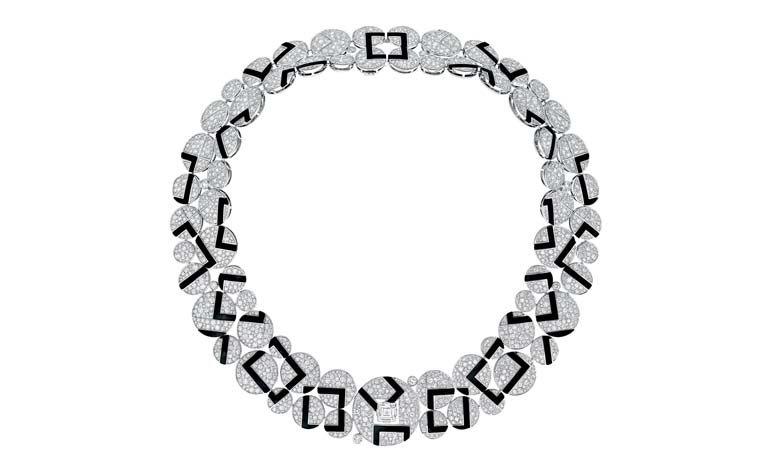
Tapping into the cosmopolitan tempo, Art Deco lines and bohemian flair of the 20th century's jazz era, Chanel's latest fine jewellery collection, Café Society, toys with geometric mosaics and architectural marquetry in a shimmering ode to Coco Chanel's own social set.
It's been over two decades since the French fashion house relaunched its fine jewellery category in 1993 - some sixty years after Mademoiselle Chanel famously debuted her one and only fine jewellery collection, Bijoux de Diamants in 1932 - and two years since the brand took production in-house with a state of the art workshop overlooking place Vendôme. Later this year Chanel will also unveil its largest fine jewellery store on London's Old Bond Street, designed by Peter Marino. It's testament to its investment in the category.
Of late the fine jewellery market has undergone a profound transformation as old family names have diversified into luxury brands with handbag and sunglass lines, just as haute couture houses have added high jewellery to their fashion repertoire. Jewellery is, after all, the design category where the price range is the most pronounced. 'Say £1,000 to £10 million, with some brands going from £500 to £50 million,' explains Chanel fine jewellery director Benjamin Comar, sitting in a salon within the house's place Vendôme HQ. 'You don't have a standard price so your spectrum of clients is very wide.'
So what is Chanel bringing to this re-invigorated sector? Mirroring their runway prowess, a design-driven fine jewellery offering. Unlike traditional houses, at Chanel, creation begins with design, rather than building pieces around procured stones, a typical approach at other fine jewellery brands. '95 percent of our designs are done first and then we find the stones after,' continues Comar. 'So as we don't start with the stones our lead time is very long - two and a half years.'
Just upstairs, Chanel's six-strong design team are already working on 2017. The house's state-of-the-art workshop, manned by 25 artisans, is cleverly located just across the hall as each bi-annual collection includes between 70 and 80 pieces - staggeringly large by industry standards, and driven by client demand.
The contemporary fine jewellery arena is currently seeing a wealth of new, independent design talent. 'We are very pleased that there are newcomers, because when there are not, a business is not dynamic.' Comar remembers Chanel's's entry to market in 1993: 'In a time of minimalism we came with these big camellia rings.'
Picking up an Art Deco piece from the latest Café Society collection he adds, 'The way of manufacturing has changed a lot. The mix of technology and craft allows us to do pieces that are more flexible and easy-to-wear.' The storied fine jewellery tradition of matching box sets is also drawing to a close at Chanel. He explains that their clientele is instead mixing pieces from different collections and pairing their diamonds with denim, in the same way that Madame Chanel wore hers with strings of faux pearls, and Karl Lagerfeld teams the house's signature tweed jackets with sneakers. 'I don't like categories. I think mix and match. You have a Chanel jacket with jeans, you have high jewellery with a t-shirt. That's Chanel.'
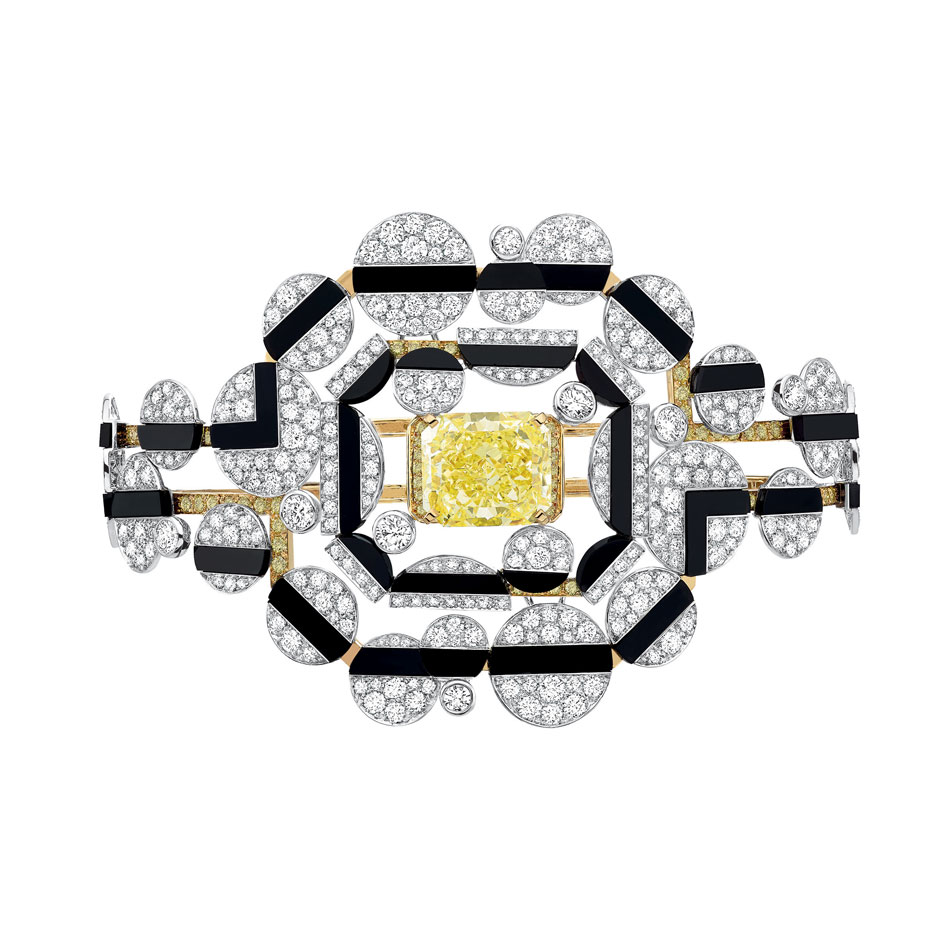
It's been over two decades since the French fashion house relaunched its fine jewellery category in 1993 - some sixty years after Mademoiselle Chanel famously debuted her one and only fine jewellery collection, Bijoux de Diamants in 1932. Pictured is bracelet 'Morning in Vendôme'
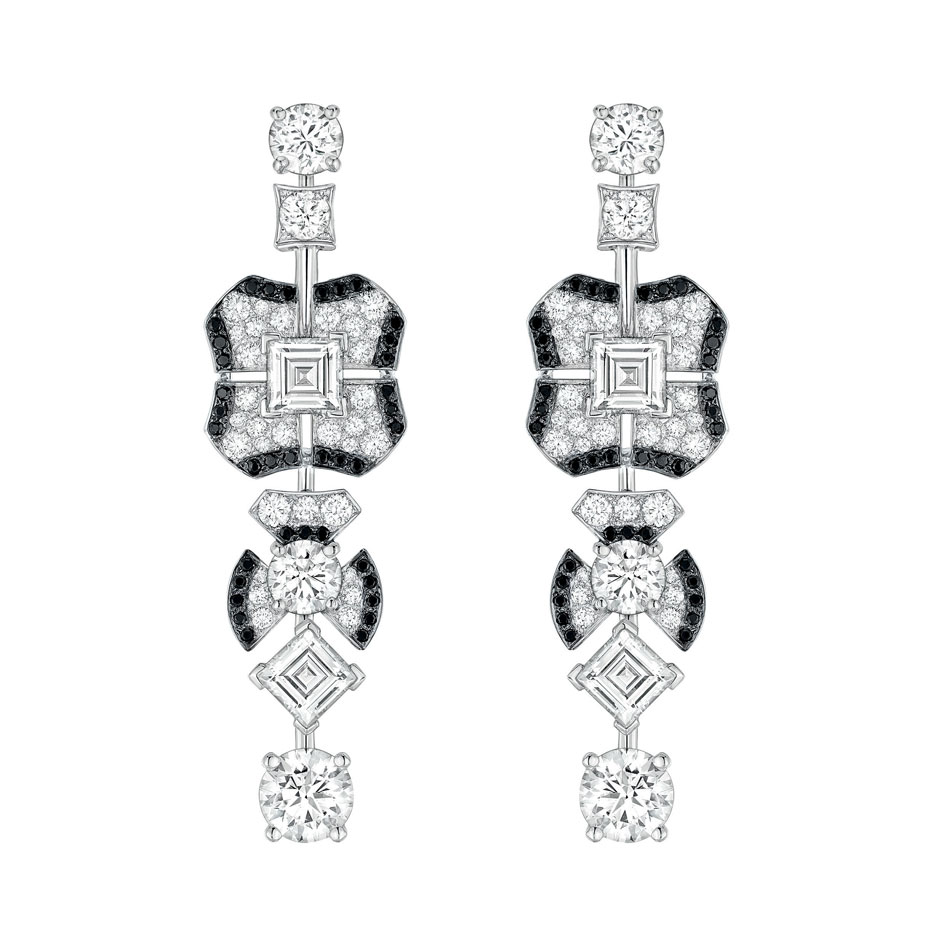
Later this year Chanel will also unveil its largest fine jewellery store on London's Old Bond Street, designed by Peter Marino. It's testament to its investment in the category and the 'Jazz' earrings pictured
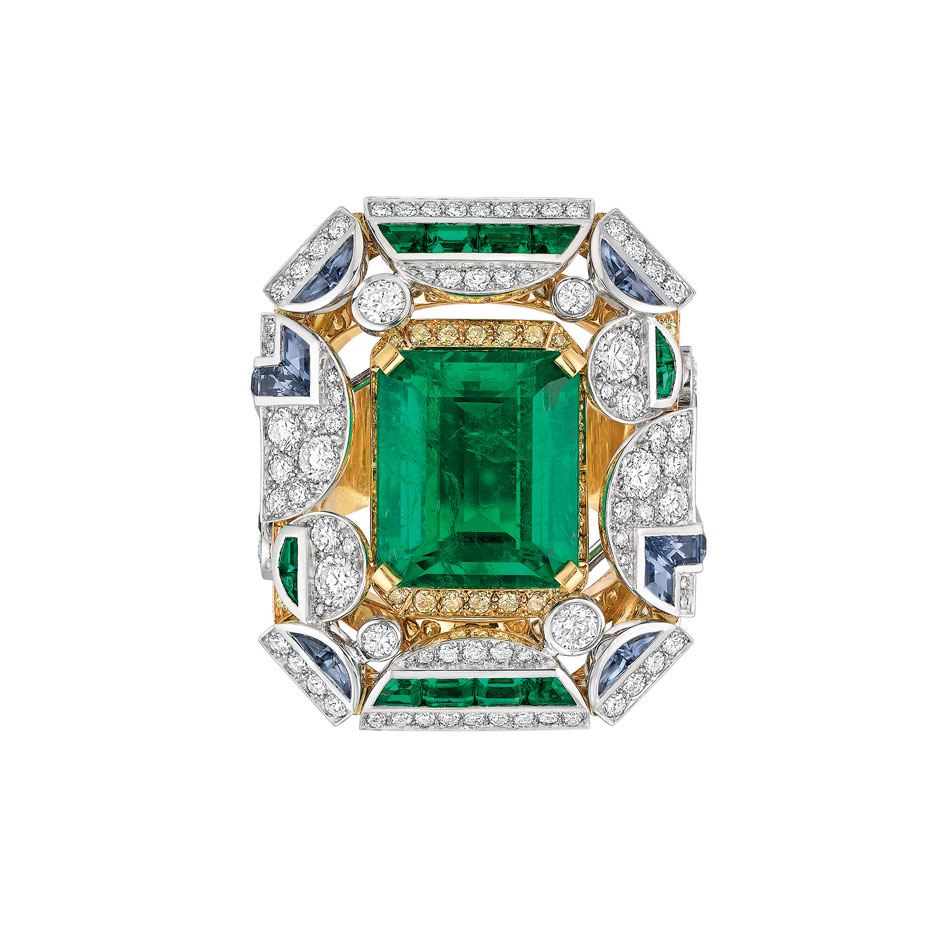
Unlike traditional jewellery houses, at Chanel, creation begins with design, rather than building pieces around procured stones, a typical approach at other fine jewellery brands. Featured is the 'Bague Morning in Vendôme' ring
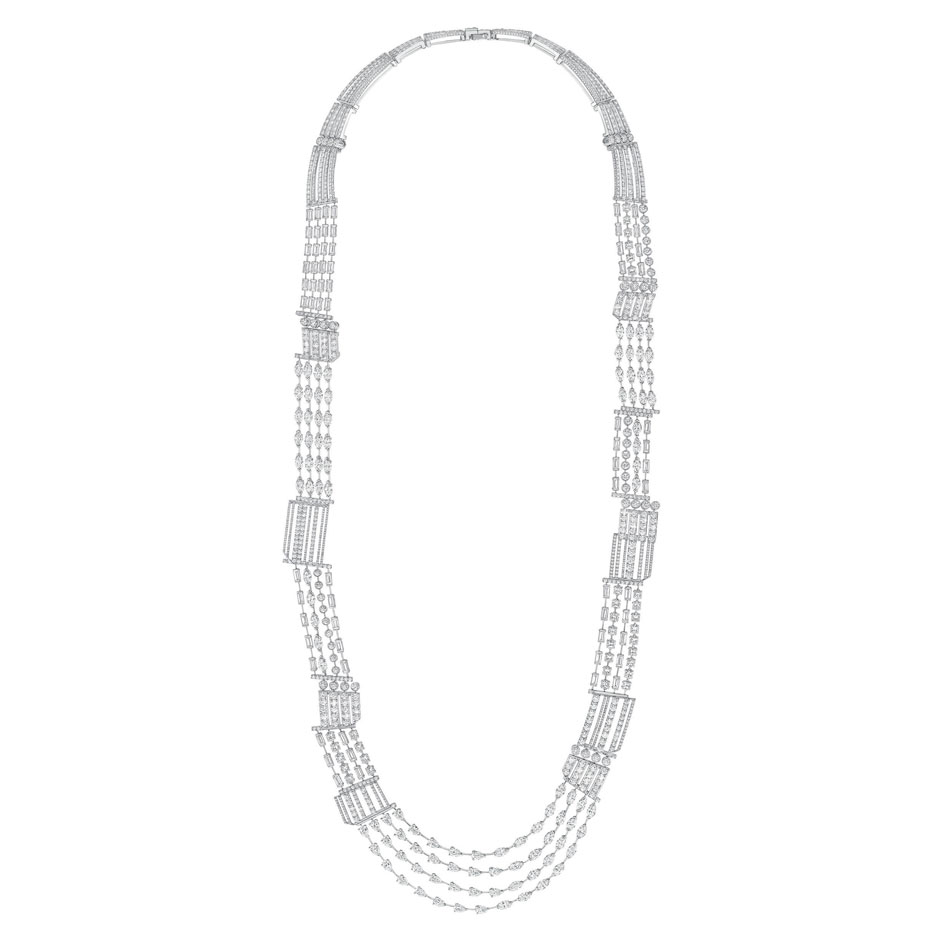
'The way of manufacturing has changed a lot,' explains Chanel fine jewellery director Benjamin Comar. 'The mix of technology and craft allows us to do pieces that are more flexible and easy-to-wear.' Pictured is collier 'Symphony'
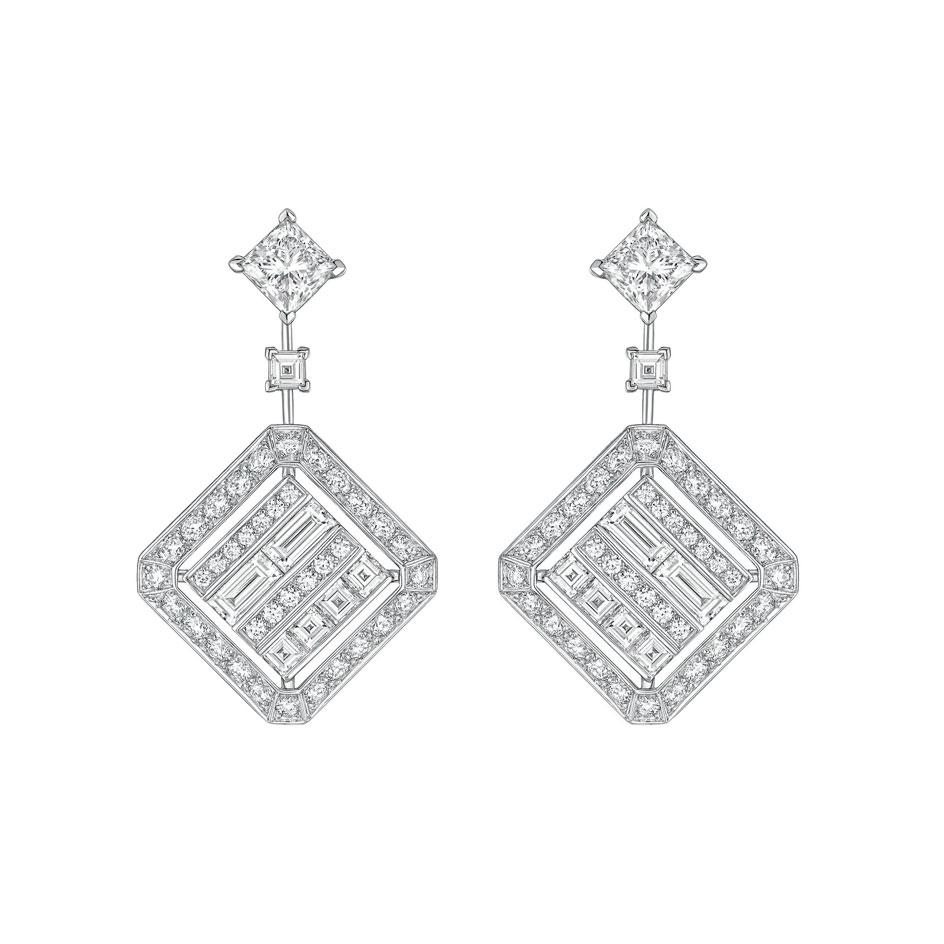
The storied fine jewellery tradition of matching box sets is also drawing to a close at Chanel. Comar explains that their clientele is instead mixing pieces from different collections (pictured are its 'Broadway' earrings) and pairing their diamonds with denim, in the same way that Madame Chanel wore hers with strings of faux pearls, and Karl Lagerfeld teams the house's signature tweed jackets with sneakers
Wallpaper* Newsletter
Receive our daily digest of inspiration, escapism and design stories from around the world direct to your inbox.
-
 All-In is the Paris-based label making full-force fashion for main character dressing
All-In is the Paris-based label making full-force fashion for main character dressingPart of our monthly Uprising series, Wallpaper* meets Benjamin Barron and Bror August Vestbø of All-In, the LVMH Prize-nominated label which bases its collections on a riotous cast of characters – real and imagined
By Orla Brennan
-
 Maserati joins forces with Giorgetti for a turbo-charged relationship
Maserati joins forces with Giorgetti for a turbo-charged relationshipAnnouncing their marriage during Milan Design Week, the brands unveiled a collection, a car and a long term commitment
By Hugo Macdonald
-
 Through an innovative new training program, Poltrona Frau aims to safeguard Italian craft
Through an innovative new training program, Poltrona Frau aims to safeguard Italian craftThe heritage furniture manufacturer is training a new generation of leather artisans
By Cristina Kiran Piotti
-
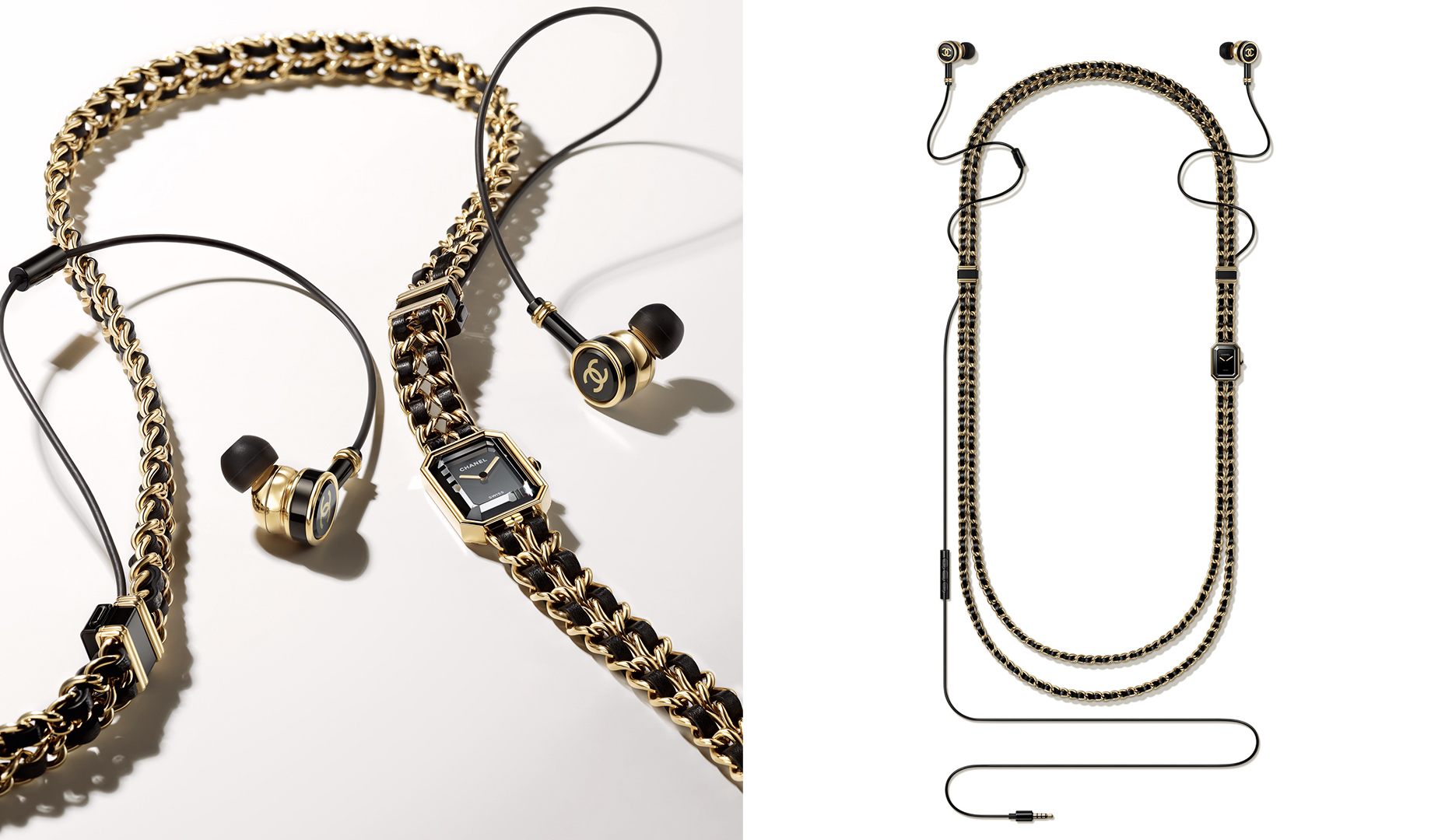 What happens when a Chanel watch becomes a sound machine?
What happens when a Chanel watch becomes a sound machine?Meet the Chanel Première Sound – an adaptable necklace with a watch and removable earphones
By Caragh McKay
-
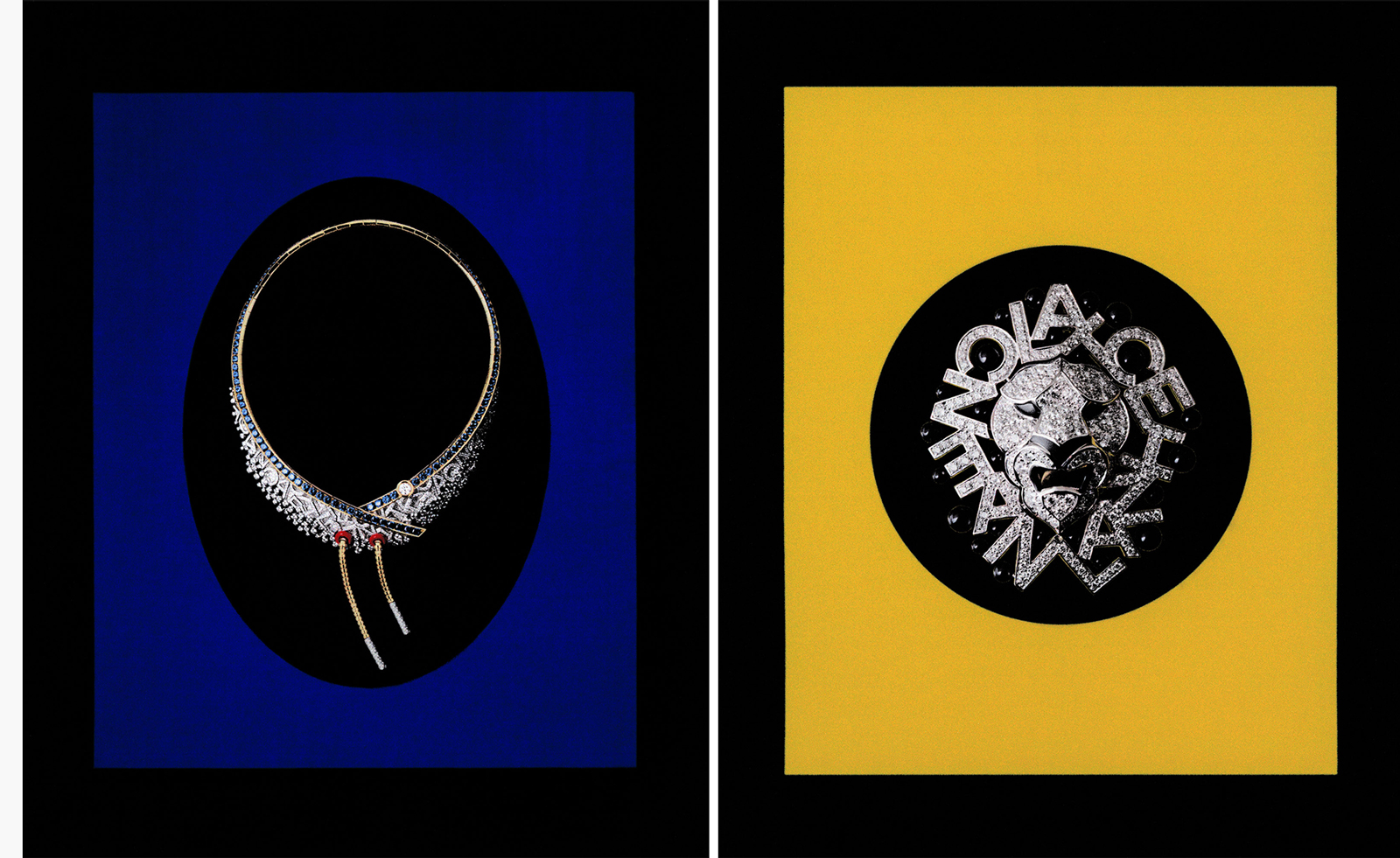 Chanel shows its sporting colours with a bold high jewellery collection
Chanel shows its sporting colours with a bold high jewellery collectionChanel's high jewellery collection is inspired by its founder’s athletic aesthetic
By Hannah Silver
-
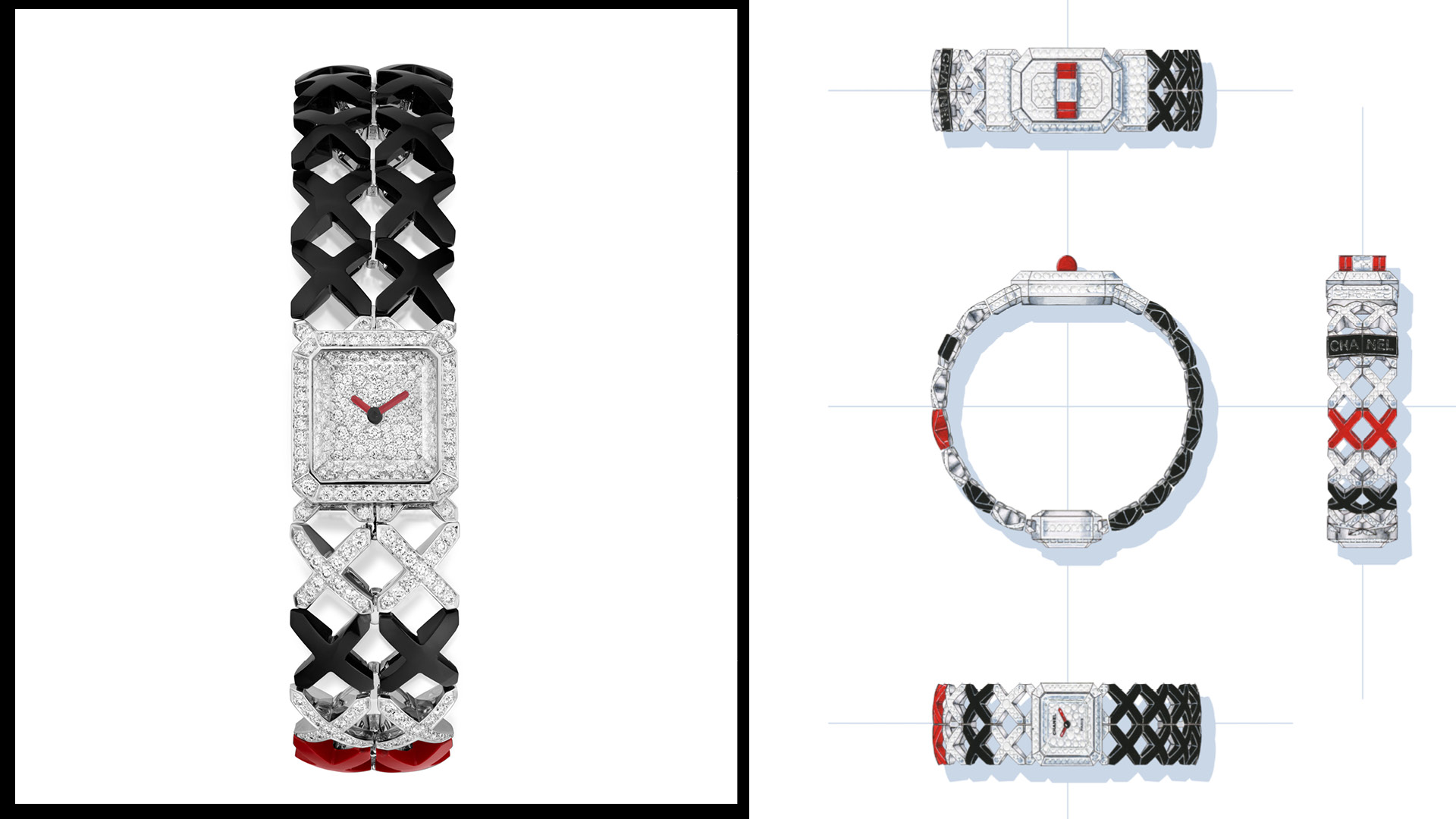 Chaumet, Cartier and Chanel up their high jewellery watch game for 2024
Chaumet, Cartier and Chanel up their high jewellery watch game for 2024In 2024's high jewellery watch designs, performance tech and centuries-old techniques combine to brilliant effect
By Caragh McKay
-
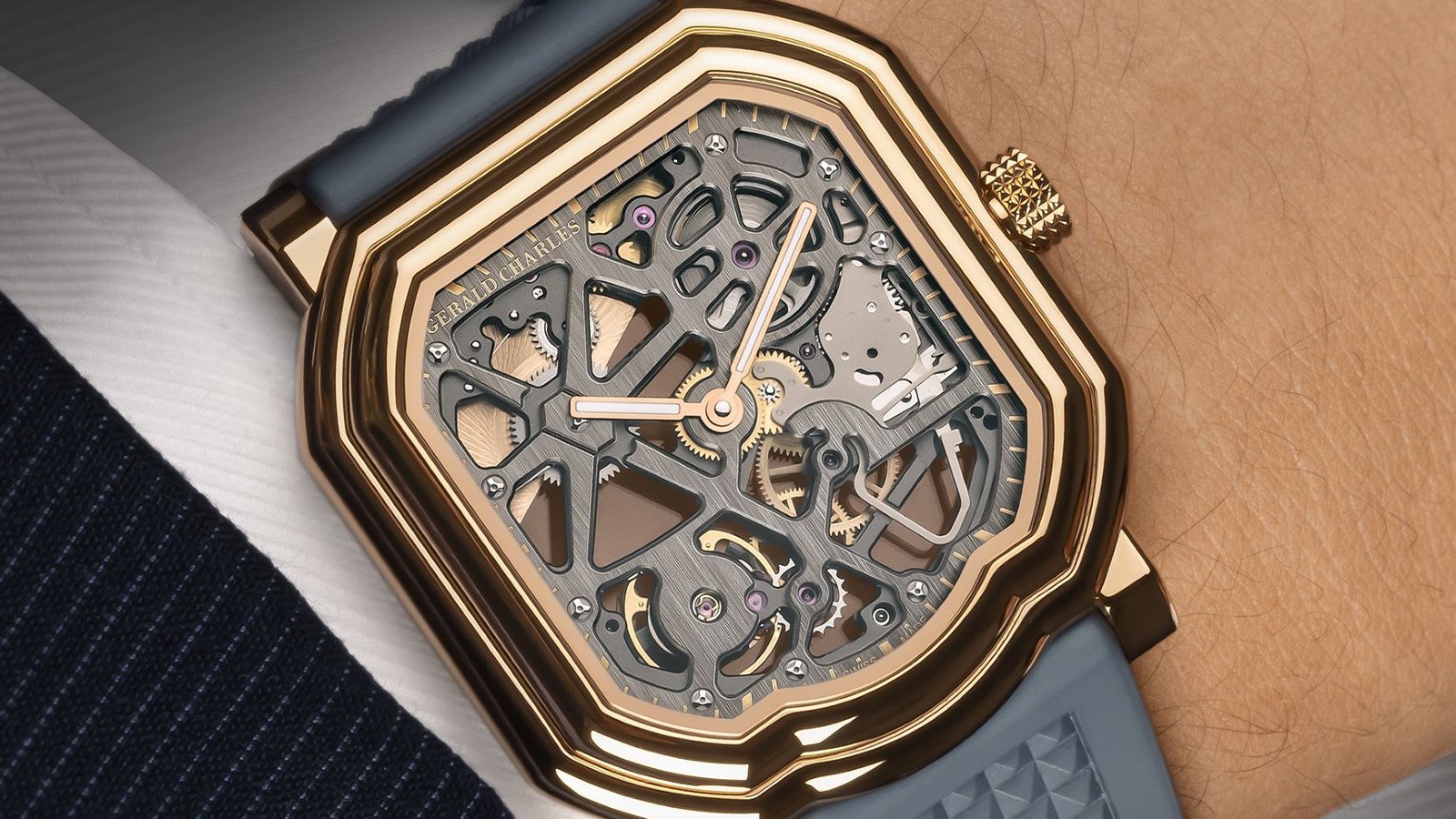 Skeletonised watches are making a dazzling return in 2024
Skeletonised watches are making a dazzling return in 2024Skeletonised watches return, once again opening up their dials, letting us enjoy mechanical watchmaking at its intricate finest
By Thor Svaboe
-
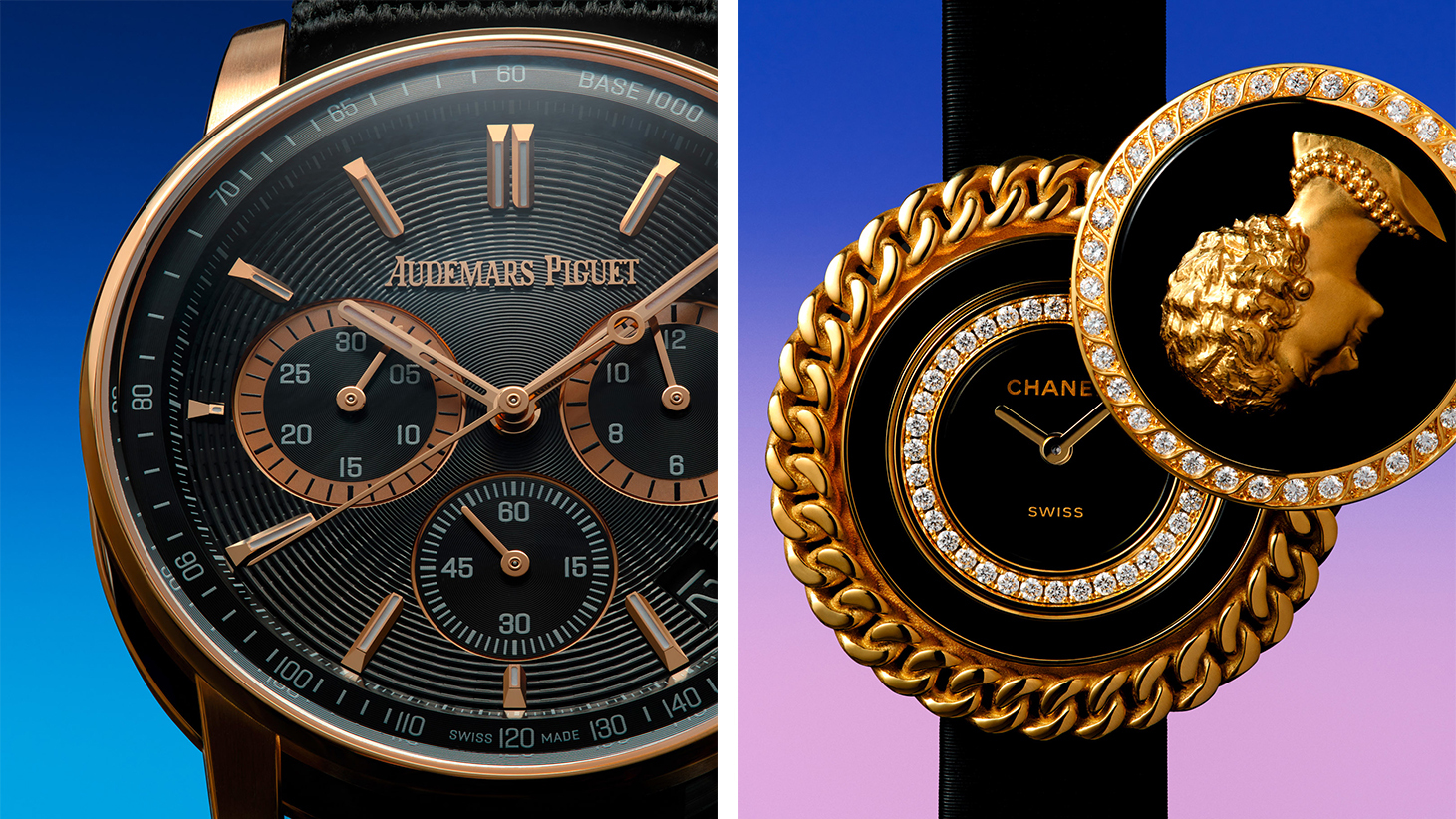 Dark watches show it’s time to embrace an inky palette
Dark watches show it’s time to embrace an inky paletteDiscover new dark watches from brands including Audemars Piguet, Omega, Chanel and Tudor
By Hannah Silver
-
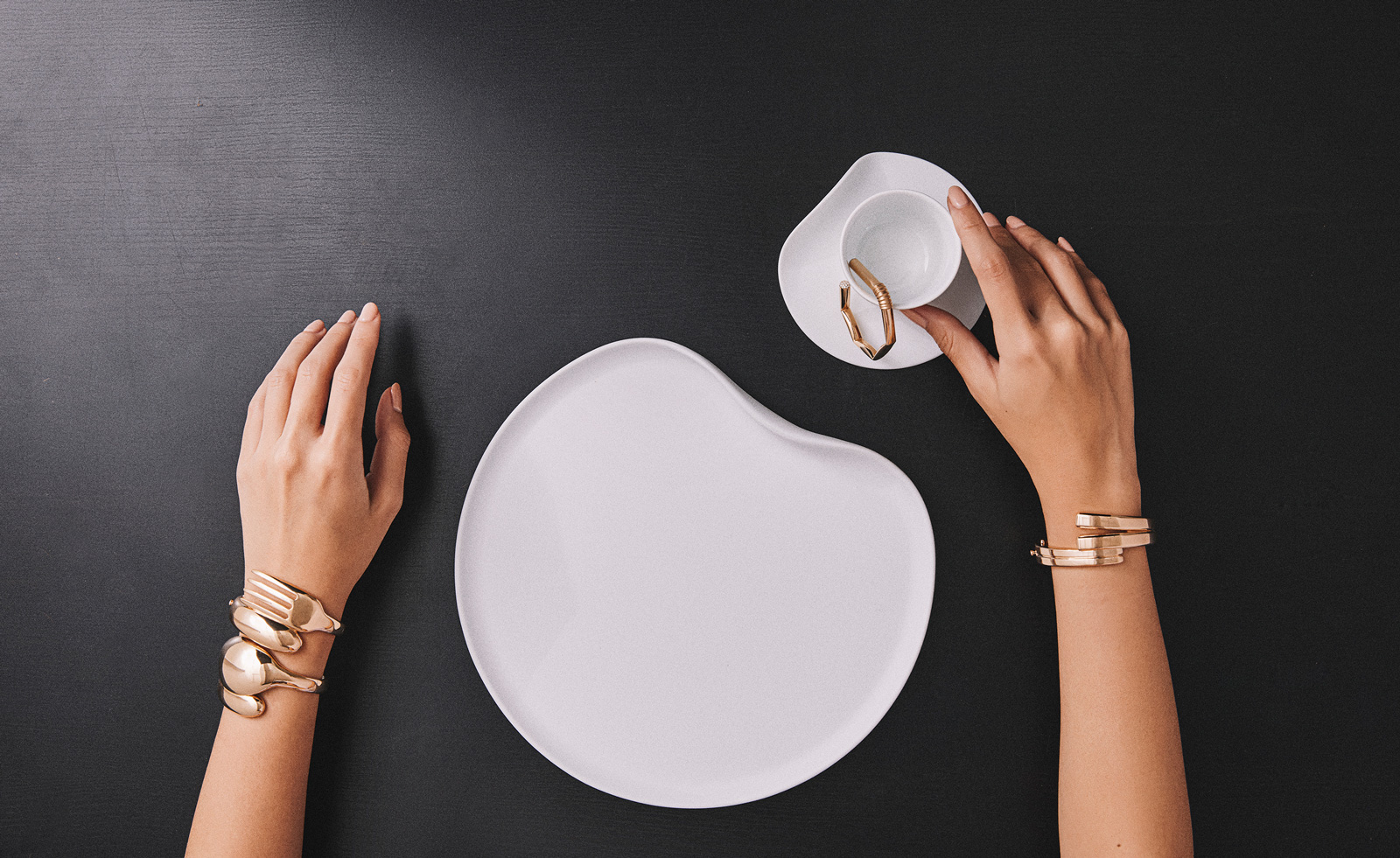 Year in review: top 10 watch and jewellery stories of 2023, as picked by Wallpaper’s Hannah Silver
Year in review: top 10 watch and jewellery stories of 2023, as picked by Wallpaper’s Hannah SilverSilver’s top 10 watch and jewellery stories of 2023 span cool horological collaborations, sculptural forms, and cutlery as bracelets
By Hannah Silver
-
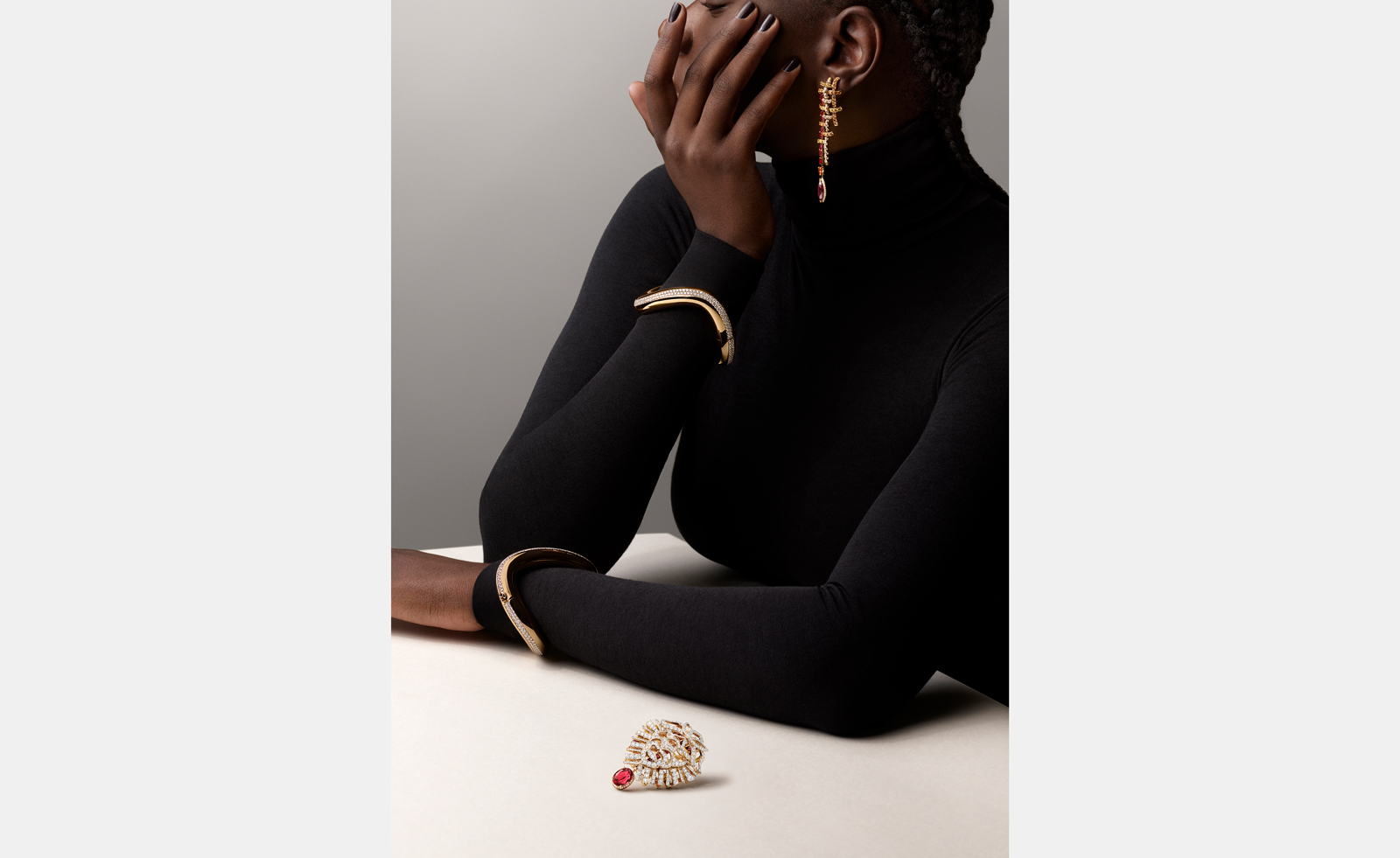 The odd couple: Chanel and Pomellato play with asymmetry in jewellery
The odd couple: Chanel and Pomellato play with asymmetry in jewelleryTwo jewellery houses, Chanel and Pomellato, take a new turn, toying with asymmetry to create organically opulent pieces
By Caragh McKay
-
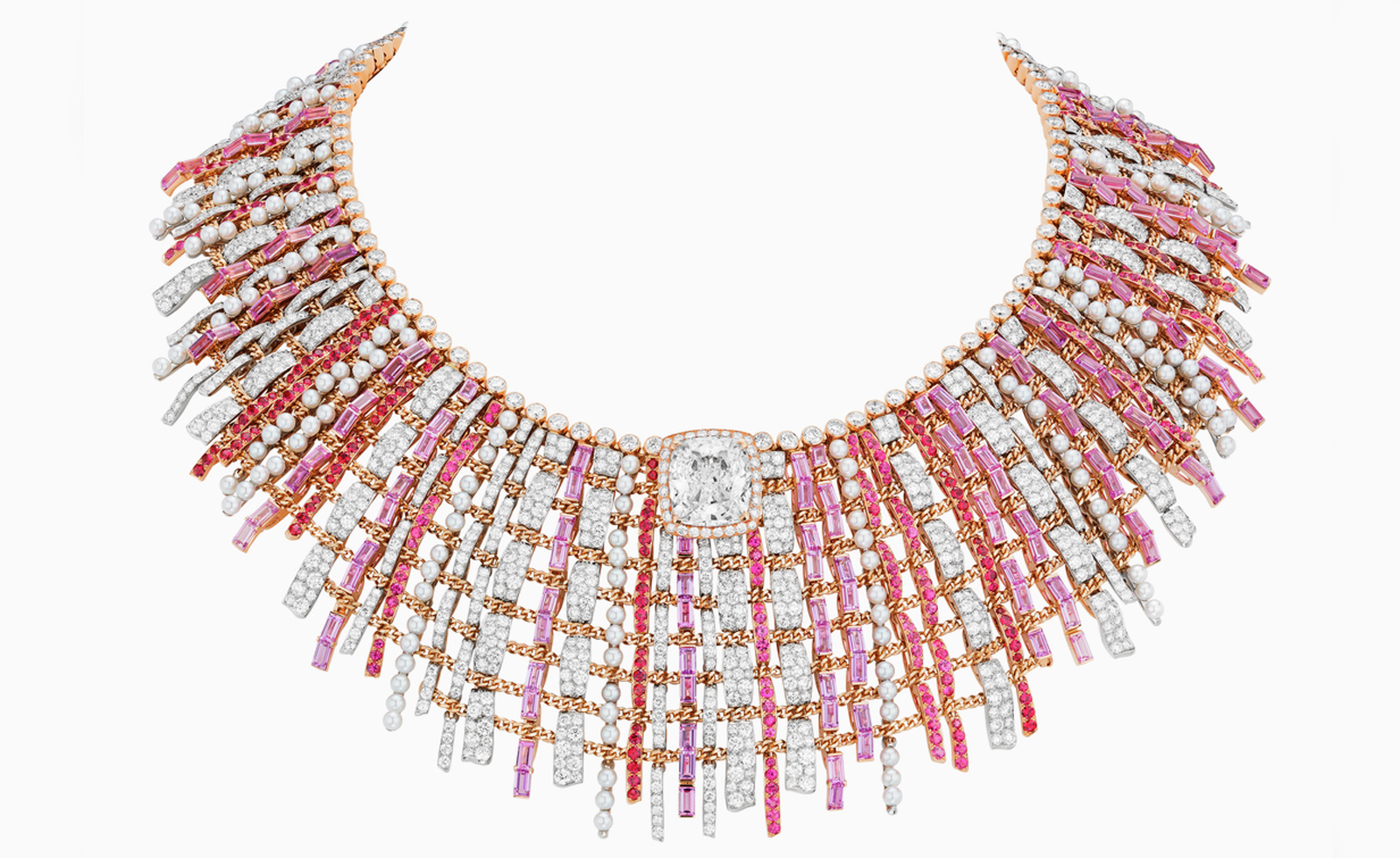 Chanel unveils new Tweed de Chanel high jewellery
Chanel unveils new Tweed de Chanel high jewelleryChanel translates Gabrielle Chanel’s love of tweed into exquisite high jewellery
By Hannah Silver